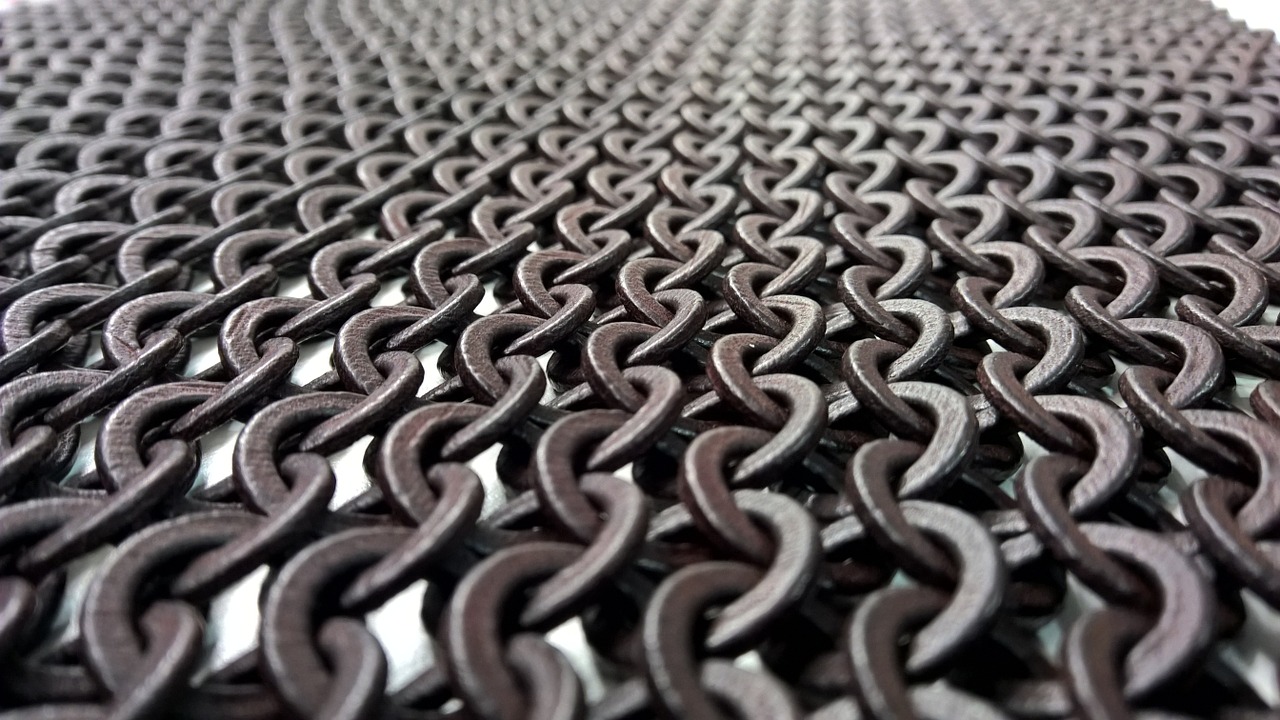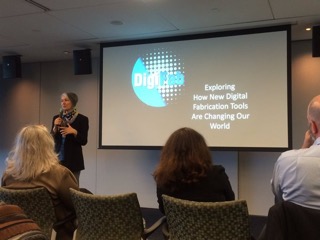Booming industries like healthcare, oil, automotive and aerospace are quickly becoming today’s 3D printing epicenters. As we saw at LAM 2017, From custom dental parts to working engine parts, the 3D printers used in Additive Manufacturing (AM) are improving and streamlining manufacturing. The advances across industries in 2017 offer the promise of a better tomorrow […]
Laser Additive Manufacturing
DigiFabCon Explores How Digital Fabrication Such as Laser Cutting & 3D Printing Is Changing the World
From a mobile Humanitarian Fab Lab in refugee camps that uses laser cutting for building temporary housing to 3D Printing on the International Space Station, Digital Fabrication is changing almost every aspect of our lives. On March 30 and 31, 2017 at the Microsoft NERD Center in Cambridge, MA, visionaries at DigiFabCon will explore the […]
NIST Increases Awareness of Polymer-Based Additive Manufacturing
Much of our previous discussion surrounding medical applications for additive manufacturing involves metal-based devices and implants. While metal compounds will continue to bring revolutionary opportunities to medical science, there is a growing interest in the use of polymers and other soft materials in additive manufacturing. Explore Polymer-Based Additive Manufacturing below. About Polymer-based Additive Manufacturing Polymer-based […]
Additive Manufacturing & Applications in China
With the Laser Additive Manufacturing Workshop (LAM®) just around the corner, Lasers Today is taking a closer look at some of the topics presented at this year’s event. LAM 2017 brings researchers and industry leaders together to discuss advances in the world of additive manufacturing. Around the world, exciting innovations are coming to light, many […]
Using Direct Metal Sintering to Fight Bacteria in Implants
Could adding antibacterial agents to the additive manufacturing process lead to safer medical implants? Direct Metal Sintering is used to create titanium implants for dental and orthopedic use. 3D modeling allows manufacturers to determine the porosity and surface roughness of the implant for medical use. Titanium and titanium alloys are preferred in the medical field […]







